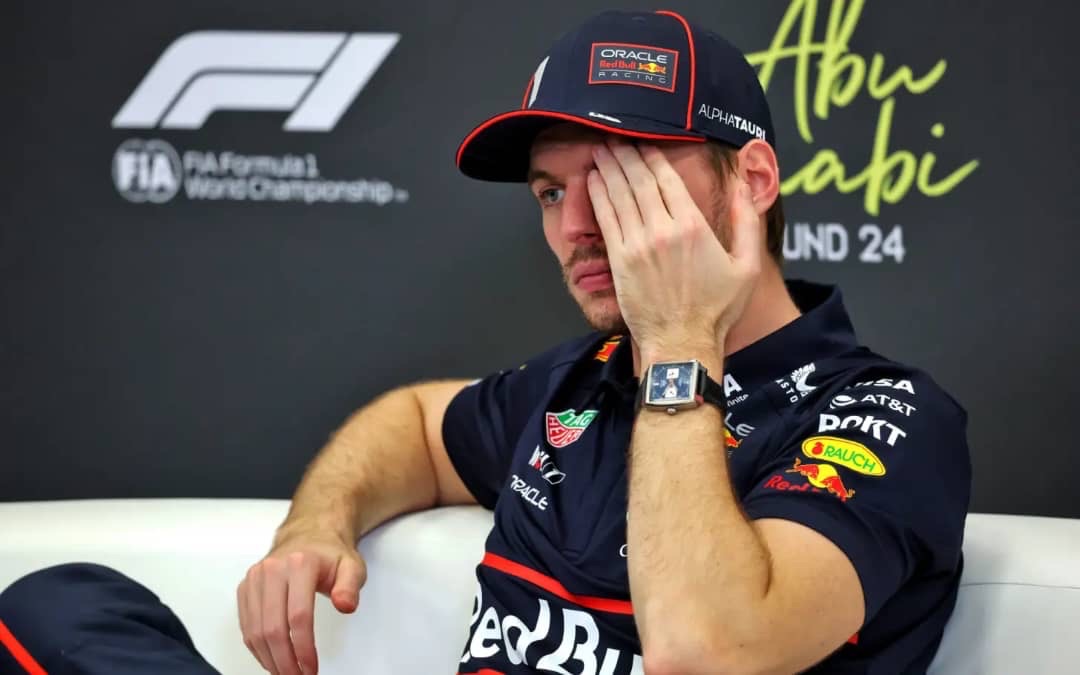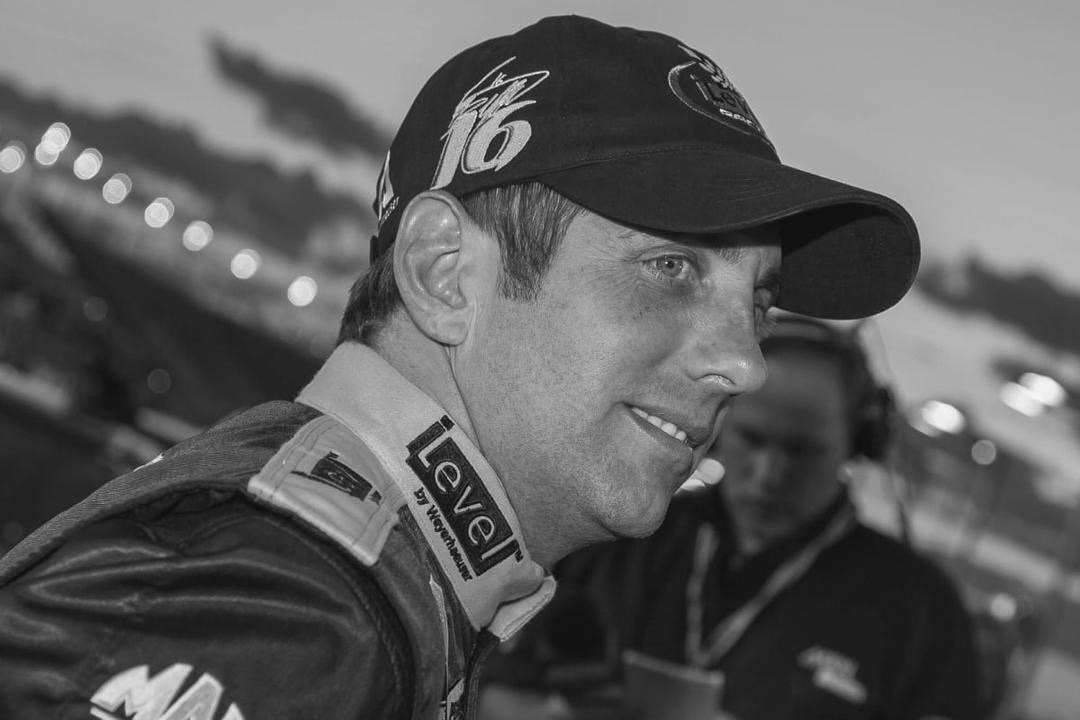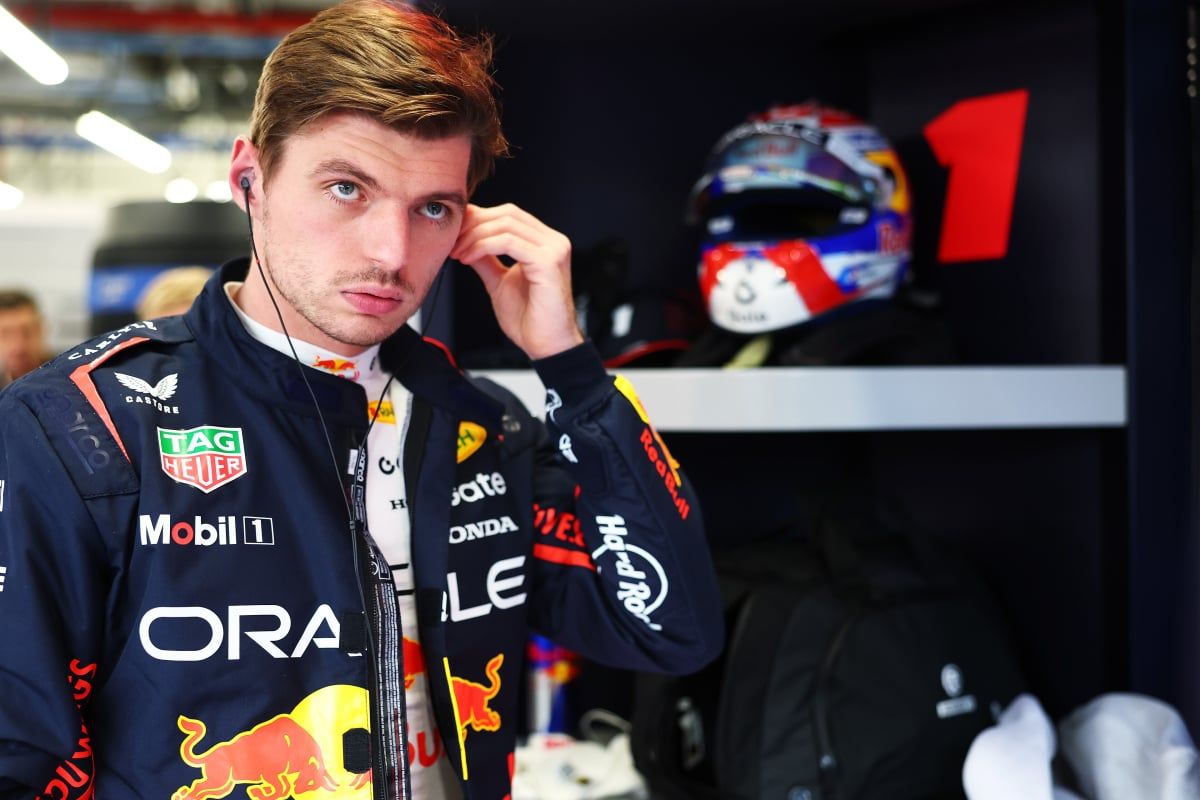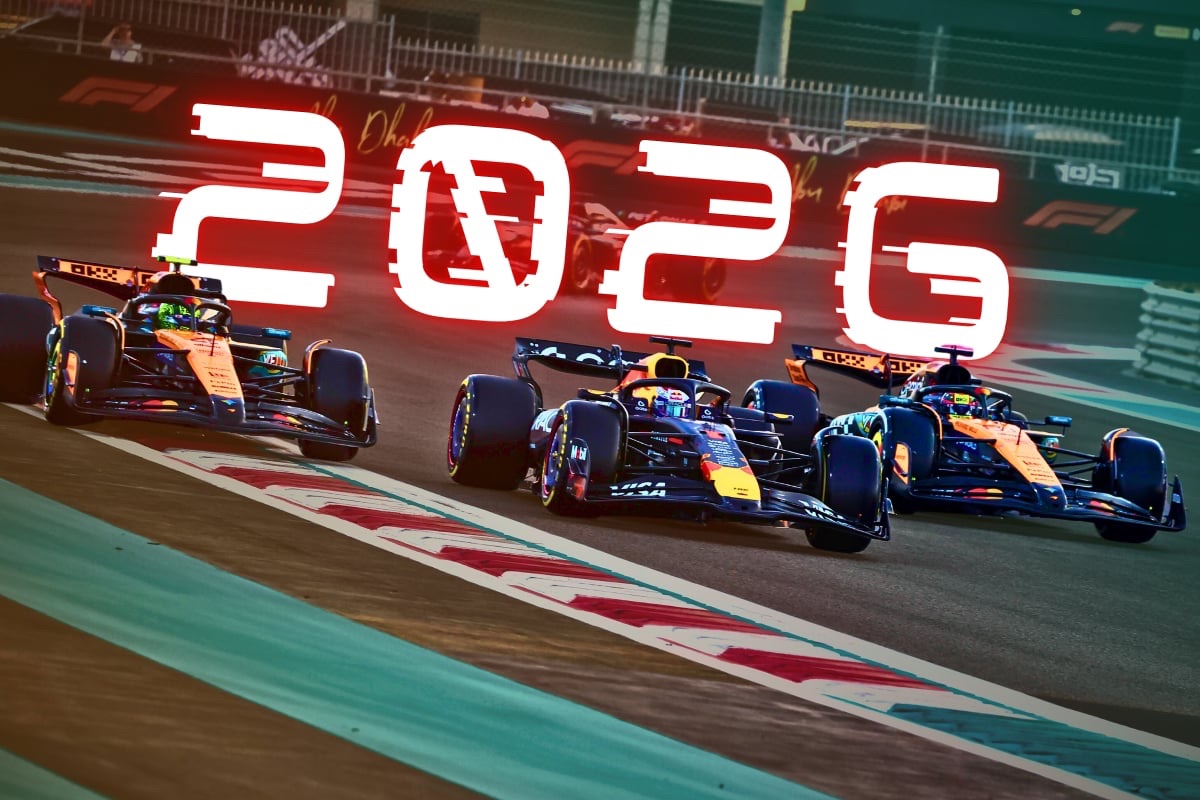Telemetry Reveals Verstappen’s Bold Turn 1 Move at Saudi GP Was Destined to Fail
Fresh controversy has erupted surrounding Max Verstappen’s audacious Turn 1 move at the Saudi Arabian Grand Prix, after newly released telemetry data strongly suggests the Red Bull driver had no realistic chance of making the corner—even if McLaren’s Oscar Piastri hadn’t been in the picture. The incident, which occurred at the race start, has drawn sharp analysis from former F1 driver and current pundit Jolyon Palmer, who scrutinized the move during a segment on F1TV.
Palmer labeled the maneuver a “Hail Mary” effort, stating that Verstappen approached Turn 1 at such an excessive speed that staying within track limits was virtually impossible. Key evidence from the telemetry shows Verstappen’s entry speed into Turn 1 during the Grand Prix was actually higher than his pole-winning qualifying lap, despite having a heavier car and running on medium tyres instead of softs. This alone raised red flags for Palmer, who asserted it demonstrated just how wildly optimistic the move was.
According to Palmer, Verstappen seemed to gamble everything on keeping the lead, even if it meant relying on the stewards to view the incident in his favor after the fact. Instead of making a calculated decision, Verstappen appeared to release the brakes earlier than usual and carried in far too much speed, especially considering the race start dynamics and tire compound differences.
Verstappen initially claimed that Piastri forced him off the track, but the stewards dismissed this argument. They instead ruled in favor of Piastri, stating that Verstappen had left the circuit and gained a lasting advantage. As a result, the Red Bull driver was handed a five-second time penalty.
From the start, Piastri had launched well and drew alongside Verstappen down the main straight. Holding the inside line, the McLaren driver positioned himself cleanly for Turn 1, with his front wheels nearly level with Verstappen’s mirrors by the time they reached the braking zone. In such scenarios, standard racing protocol—and the stewards’ interpretation—supports the inside car’s right to the corner. Verstappen, being on the outside, was expected to either hold the racing line without leaving the track or back out.
Instead, Verstappen opted to swing around the outside, using the runoff area to retain the lead. Palmer argued that Verstappen had already realized he was losing position once he glanced left and saw Piastri edging ahead. Rather than conceding the corner or attempting a more sustainable approach, Verstappen took a high-risk path. His decision to ease off the brakes earlier and dive into the corner was based on a slim hope: that Piastri would yield, or the stewards might later interpret the move favorably.
Palmer pointed out that the telemetry made it undeniably clear—Verstappen entered Turn 1 with more speed than in qualifying, which is highly irregular given race-day variables. “He gets off the brakes early and tries to carry all that speed around the outside,” Palmer explained. “But with that momentum and angle, there’s simply no way he was making that corner—Oscar or no Oscar.”
This isn’t the first time Verstappen’s aggressive style has come under fire. Palmer referenced several past incidents, such as the 2023 Austrian and Mexican Grands Prix, as well as the fiery 2021 title fight with Lewis Hamilton, where Verstappen similarly used run-off areas to his advantage and later contested the stewards’ decisions. “This is classic Max,” Palmer noted. “He throws everything into the move, and if it doesn’t work, he tries to create just enough ambiguity to possibly sway the stewards.”
But in Jeddah, the stewards were decisive. They found no ambiguity in the maneuver, stating Verstappen’s over-ambitious entry left him no hope of making the corner legally. Palmer emphasized that this is the risk with Verstappen’s style—it often results in thrilling overtakes, but also risks breaking the rules when he pushes the envelope too far.
Ultimately, Oscar Piastri was completely vindicated. His launch off the line and positioning into Turn 1 were both within the bounds of fair racing. Verstappen’s choice to use the escape road to maintain the lead was clearly against the regulations, and the five-second penalty reflected that. As Palmer succinctly put it, “The data doesn’t lie.” Verstappen’s approach speed, braking pattern, and angle made it inevitable that he would run off, confirming that the move was more a desperate attempt than a realistic one.
The incident reinforces an ongoing narrative in Verstappen’s racing approach—one that thrives on aggression, boldness, and sometimes, controversy. While that mentality has brought him success and admiration, it occasionally crosses the fine line between brave and reckless. The Saudi Arabian Grand Prix start was a reminder of the risks involved when drivers bet on the stewards’ leniency instead of making the corner cleanly.




